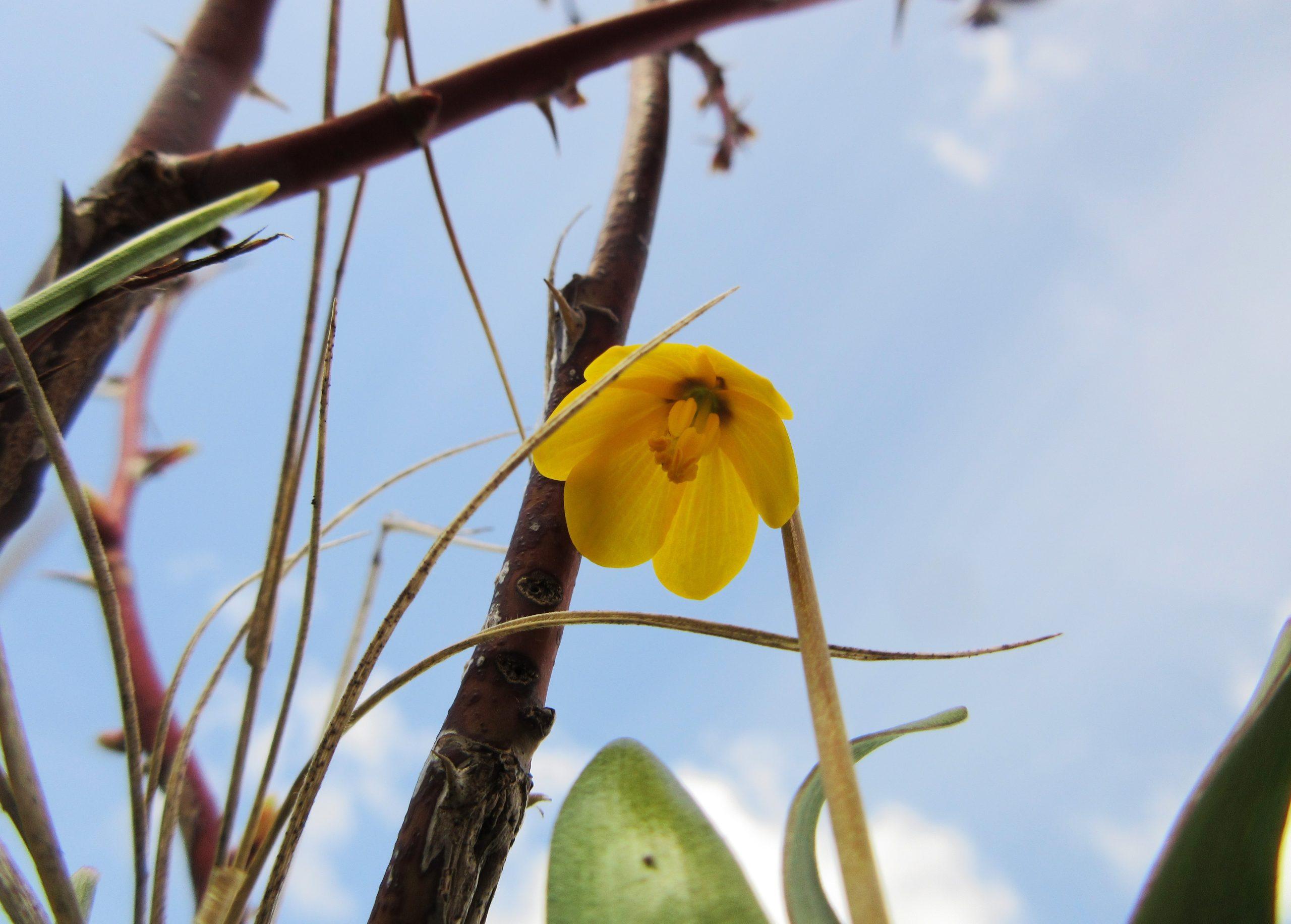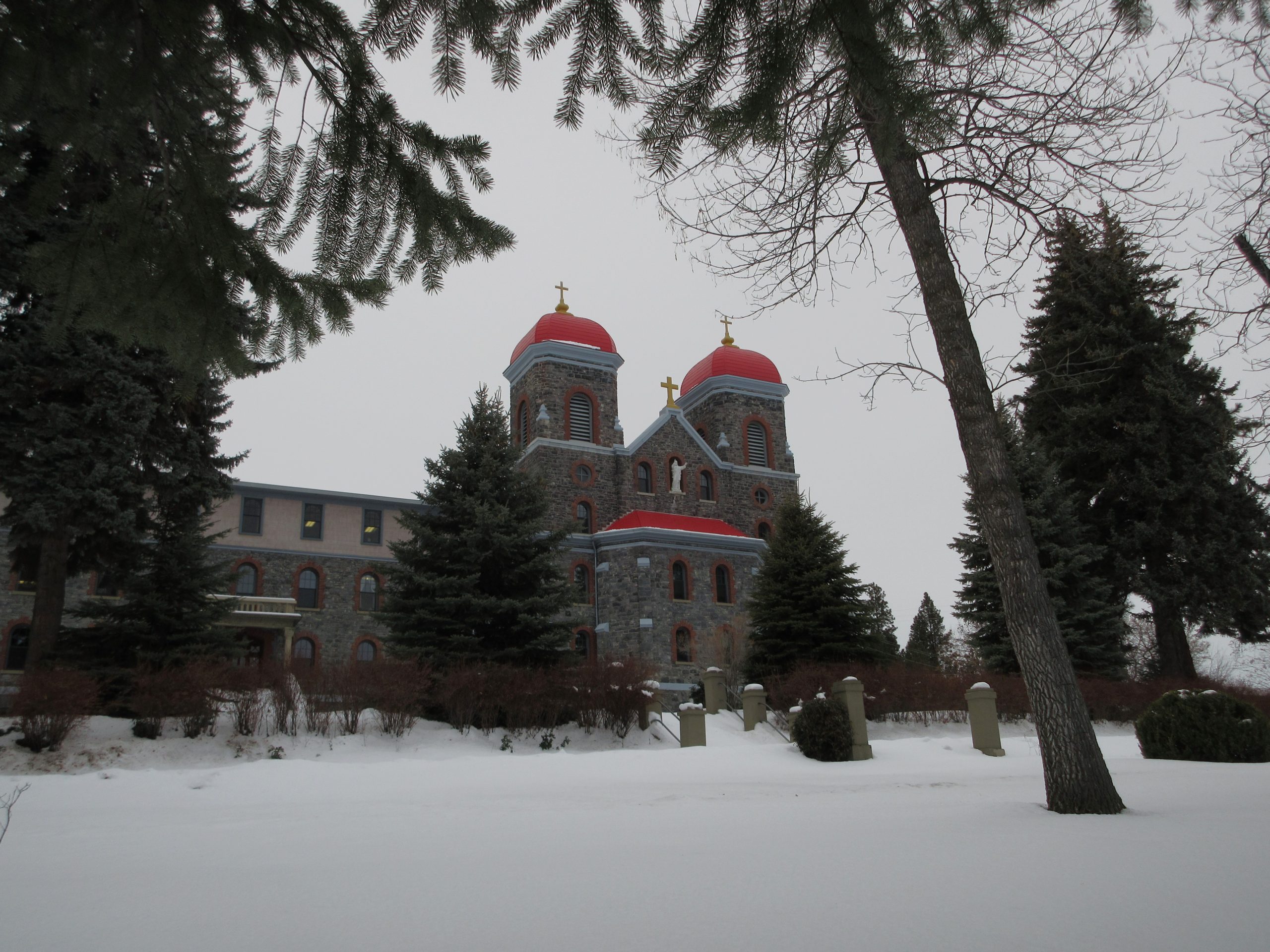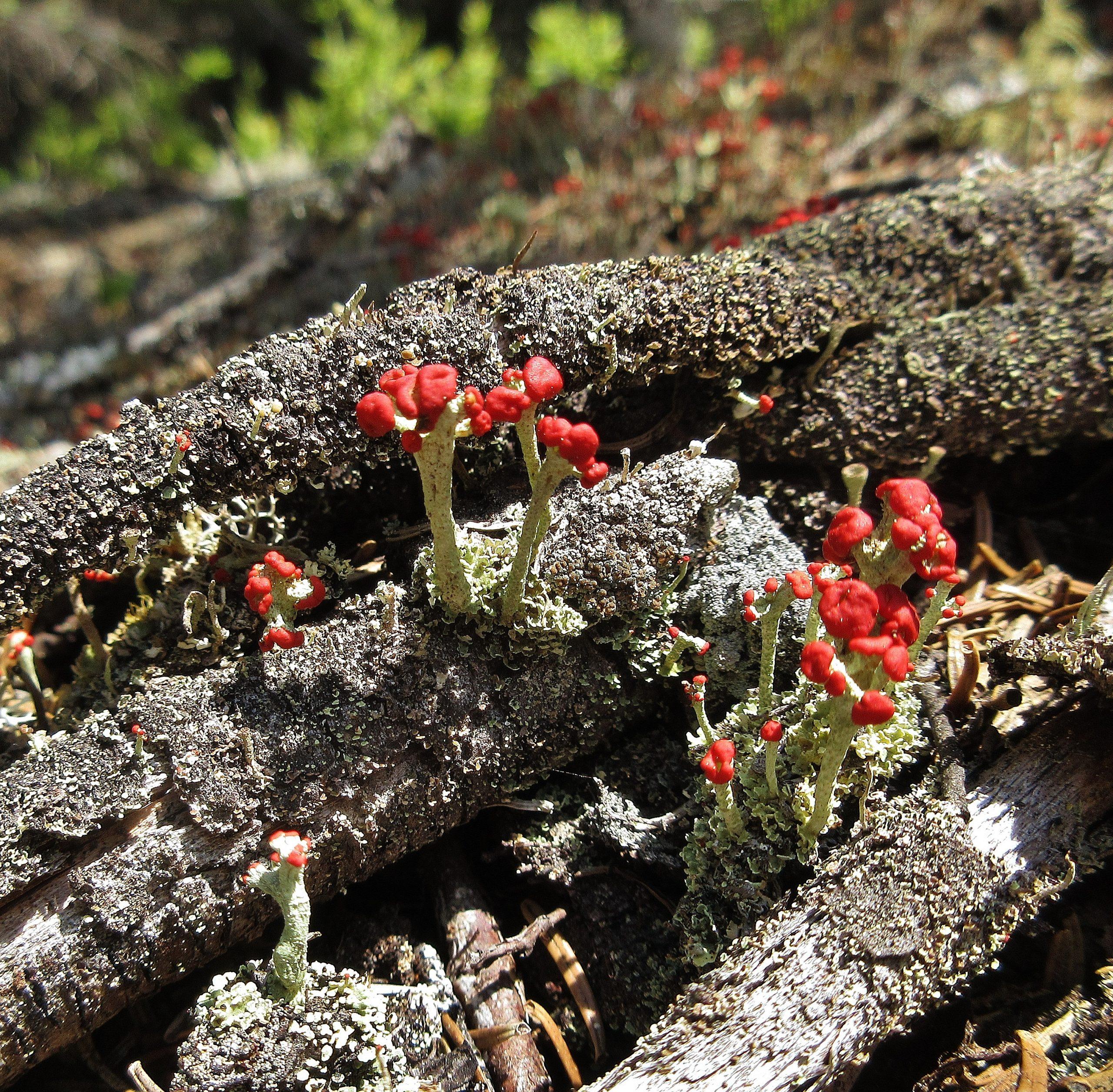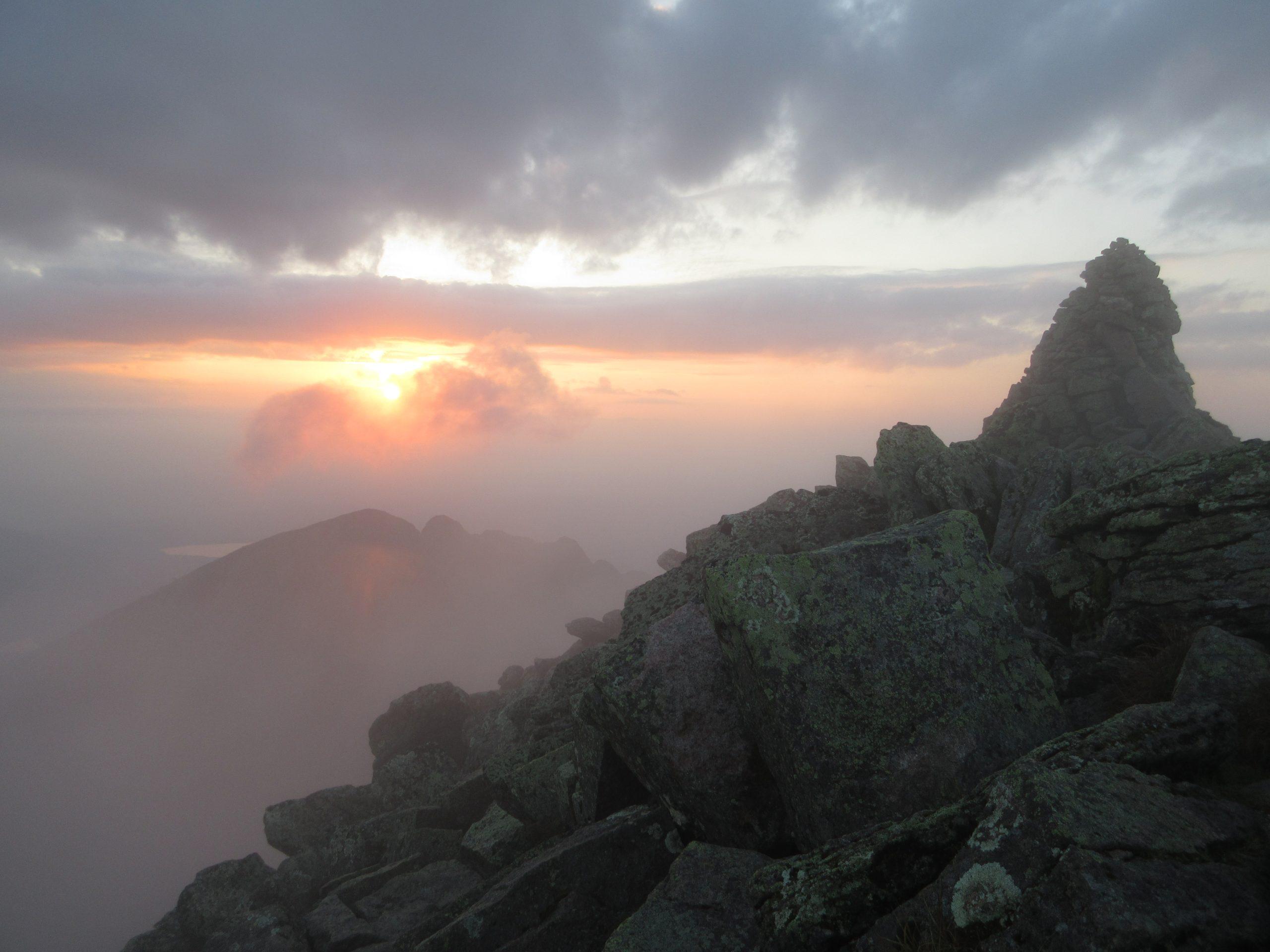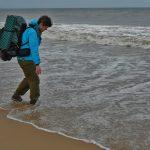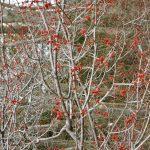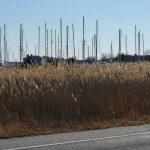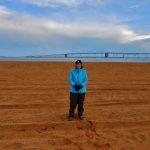Holiday greetings to all my blog friends!
I’m settled back into my cabin on First Roach Pond for my second off-the-grid winter. Last winter, I posted photo essays about my experiences every couple of weeks. For those of you who missed some of them, they’re all archived at www.wendyweiger.com/blog-walking-with-wendy/.
This winter, I’m going to try a new approach! I’ll be chronicling my adventures in a series of videos I’m calling “Word from the Woods.” I’ll provide the link to each video in a blog post, along with companion photos and text. The whole series will be archived on my YouTube channel at www.youtube.com/channel/UC1yithLxY0MO2XX6ZjQNFyg.
Yesterday, I posted a brief introductory video: www.youtube.com/watch?v=vkeDspmKrTo&t=33s.
And today, I’m offering a tour of the outside of my cabin: www.youtube.com/watch?v=4bEHvyzzUuc.
What do I need to make it through a Maine Woods winter? I’ll be showing the inside of my cabin in future installments, but today I’m focusing on the externals.

This is my cabin. The main part of the structure is 14 by 21 feet; the front porch extends an extra 5 feet. There’s a loft above the porch for storage. The dish over the porch door is what allows me to communicate with you. It’s aimed at a geosynchronous satellite 22,400 miles above the southern horizon. I power it with a small “suitcase generator” that sits on my porch. The generator provides enough electricity to access the Internet and to charge my laptop and camera batteries. Before I lived here full time, I had no electricity at all, and in a way, I wish I didn’t need it now. But I’ll be here all alone in frigid, snowy weather for weeks on end, with my car a three-to-four-and-a-half-mile hike away. Some form of communication with the outside world is essential for my safety. I generally have no cell signal, so the Internet is a lifeline—and it allows me to pursue my work as a writer.

For lights and cooking, I rely mostly on propane. The tanks are filled each fall, before the roads to my cabin are closed by snow. The propane travels into my cabin through copper tubing. I have four lights, one mounted on each wall. My propane cookstove looks similar to a gas range you might find in an on-the-grid home, though smaller in size.
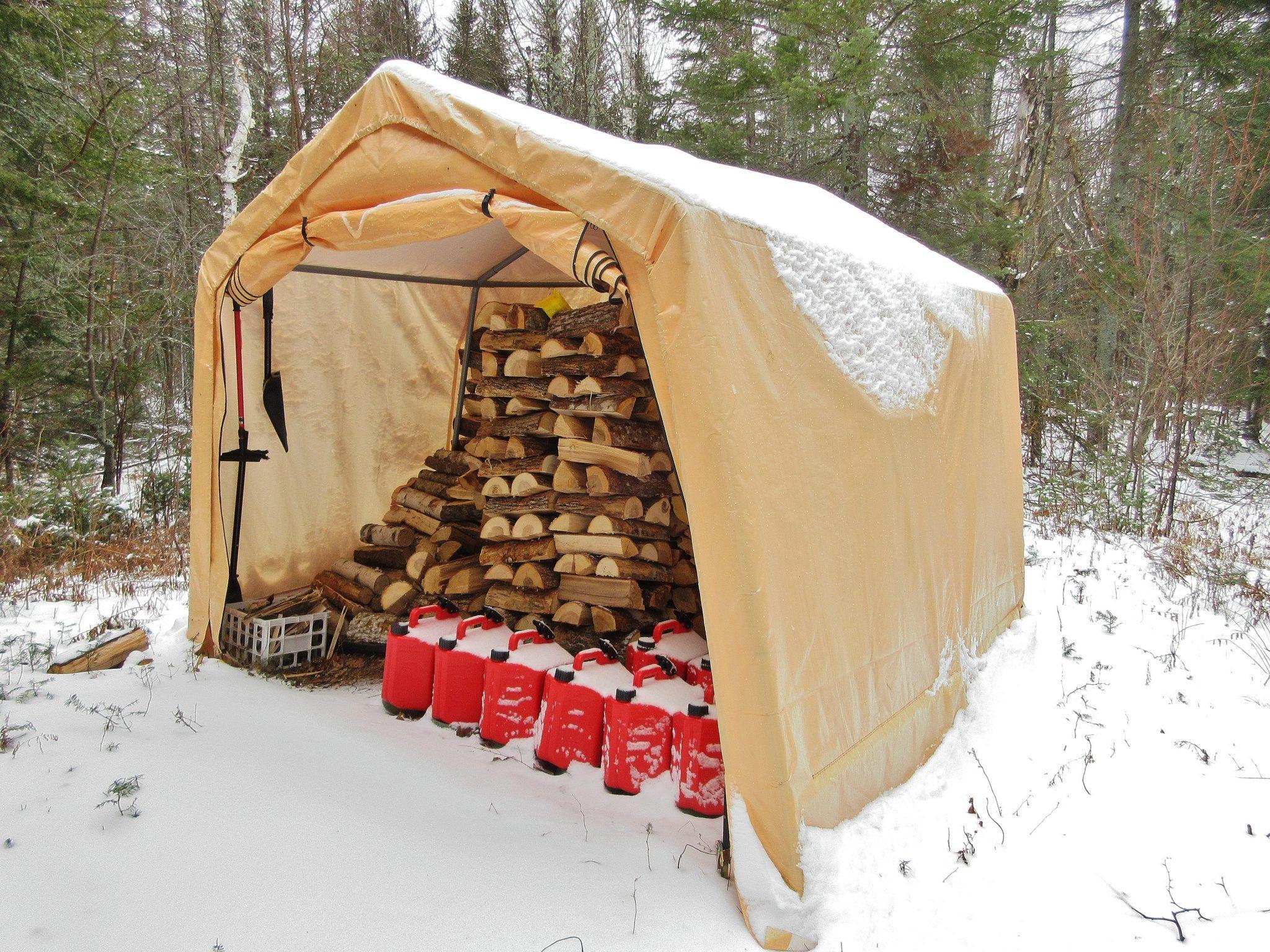
A woodstove provides my heat. I stacked three and a half cords of wood to see me through the winter. Most of it fit into this portable shed, but I have a couple of ancillary piles under tarps nearby. The red cans in front hold gasoline for my generator.

My cabin doesn’t have indoor plumbing. When my mother—who was 83 when the cabin was built—realized we would need to use an outhouse, she agreed on the condition that we make it as nice as possible. (She enjoyed visits to the cabin for five years, before she passed away in 2014.) The outhouse is attractively furnished; it even has pretty curtains on the windows. However, it’s definitely chilly in subzero weather. At some point, I could get a small propane tank to fuel a light inside; that would be enough to make the temperature more comfortable.
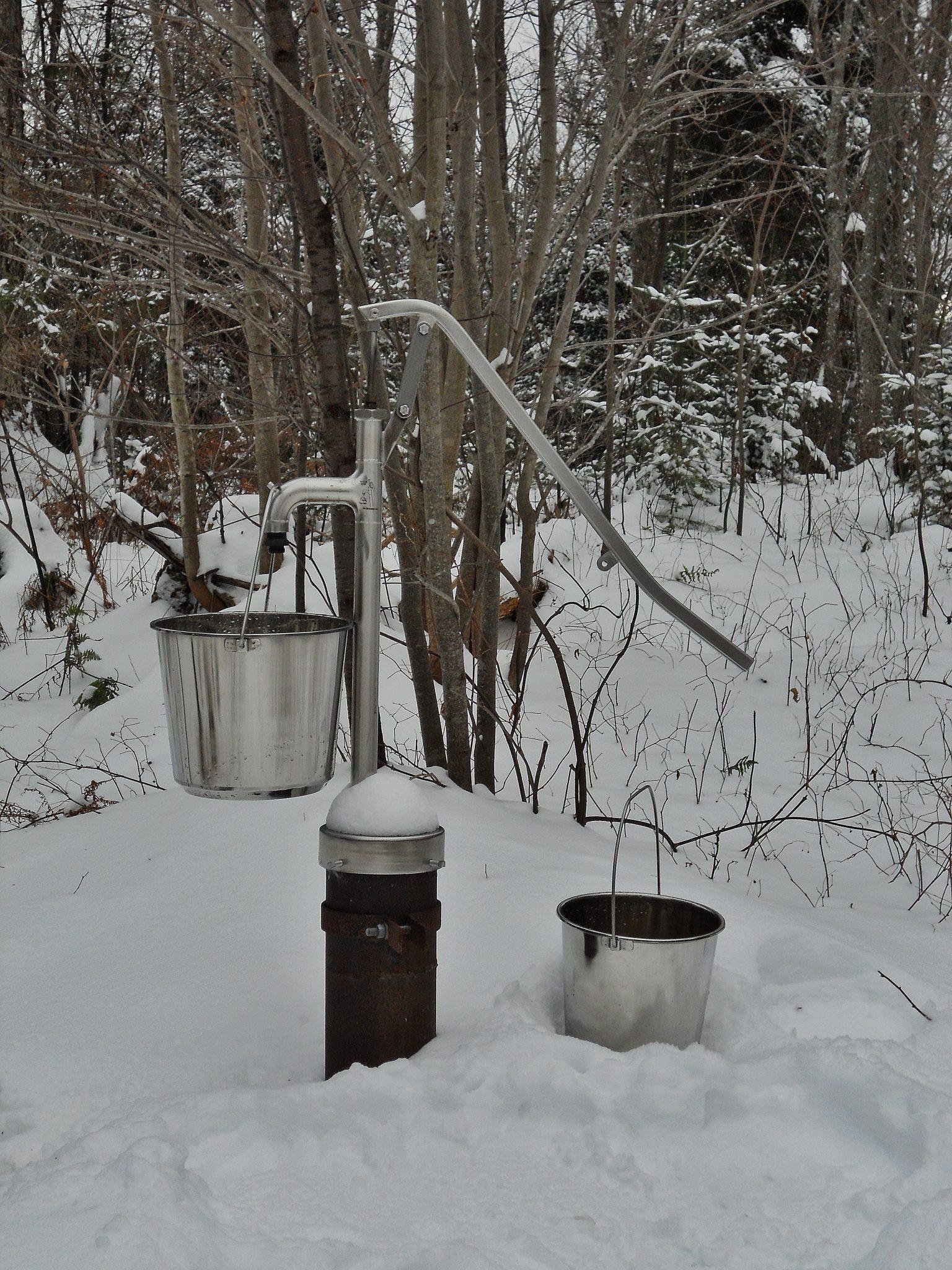
Here’s the final stop on our tour. I get my water from this pump. It’s nearly three hundred feet from my cabin, though I wish it were closer. The ground nearer my cabin was too soft to support the heavy equipment needed to drill my well. It takes nearly fifty strokes to fill my pails, and they weigh almost fifty pounds when full. Pumping water for drinking, cooking, and washing—then hauling it back to my cabin—provides a good upper-body workout. The pump boasts one feature that makes my winter life much easier: when I’m done pumping, the water drops below the frost line, so it never freezes. Even when the temperature is below zero Fahrenheit, liquid water flows from the spout after a few strokes of the handle.
In a few days, I’ll share my celebration of the Winter Solstice with you. Until then, be well!


